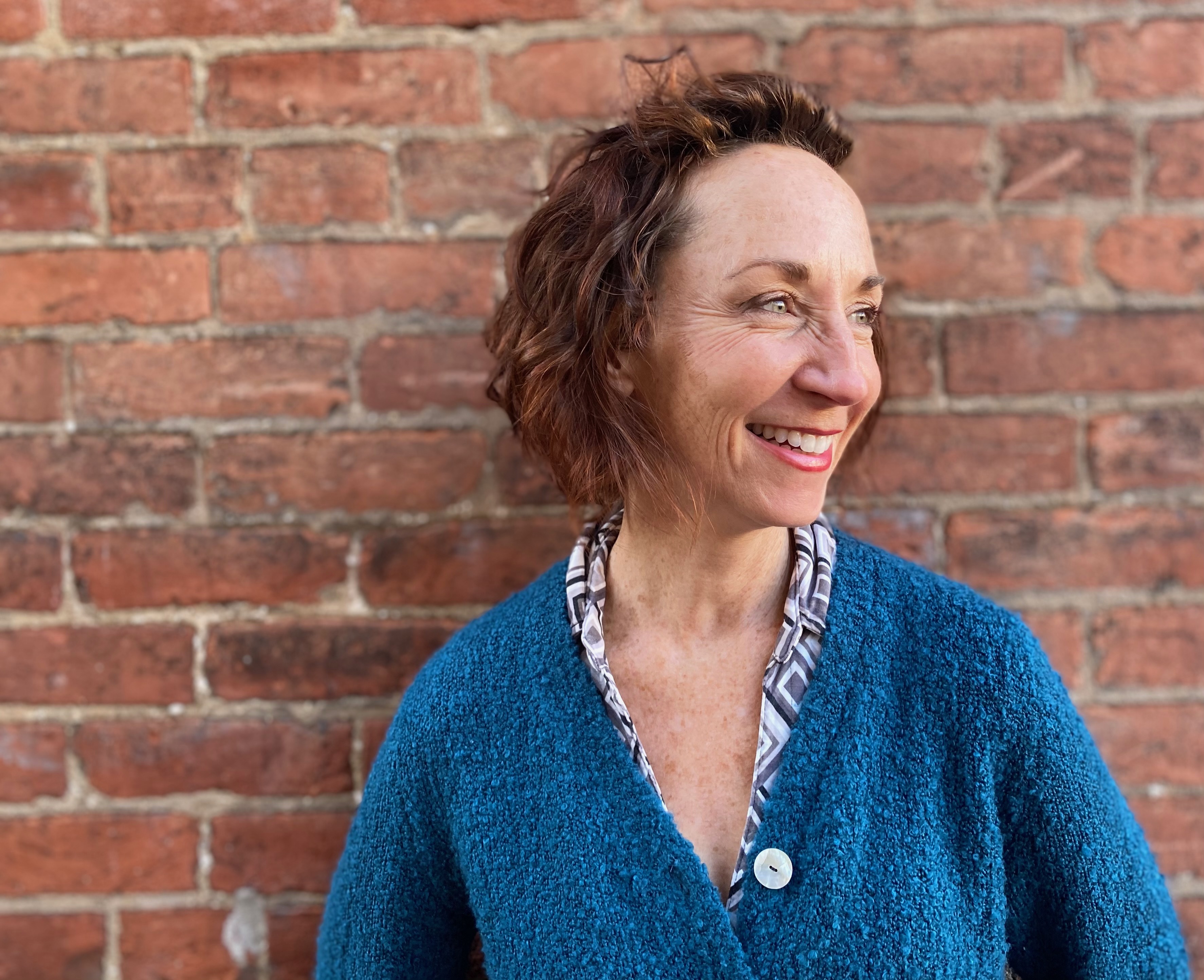 |
1. The physical and emotional benefits of dance are enjoyed by neurotypical and atypical students alike. Physically, as we strengthen our bodies and voices, we become more expressive and resilient overall. Emotionally, dancing helps us relax, refresh, and feel connected to our community.
2. To help students practice spontaneity and leadership skills, invite them to add their ideas to a dance. Start with a follow-the-leader approach and then ask for volunteers to contribute new movements. For example, demonstrate three circular movements and then ask, “What other circles can we make with our body?” Their answers form the building blocks of the dance.
3. Another way to spark students’ involvement is to let them choose music for their dances. For example, if I’m leading a stretch phrase, I could ask:
- “What kind of music do you want to dance to? Fast or slow?”
- “Does anyone have a favorite song you’d like to stretch with this morning?”
- “What’s a musical instrument that would go well with our stretch?”
Be sure to create a playlist that includes a variety of tempos, rhythms, instruments, moods, topics, and eras so that you have plenty of options.
4. Props like Boomwhackers®, soft cloth balls, pillows, and scarves encourage students to move. The colors and textures spark students’ imagination. Holding the props help students practice small motor skills and strengthen their grip. Additionally, seeing props move can be delightful, relaxing, and stimulating for students.
5. Effective room setup helps students feel connected to the action and each other. An easy way to do this is to make two concentric circles with students in the outer circle facing into the center while teachers and assistants demonstrate from the inner circle facing out.
Margot Greenlee, Founder/Director, BodyWise Dance, Washington, DC.
The link to the recordings of Margot Greenlee's two session webinar series “Making Dances that Matter: Ask, Listen, Move!” can be found under Webinar Recordings.
